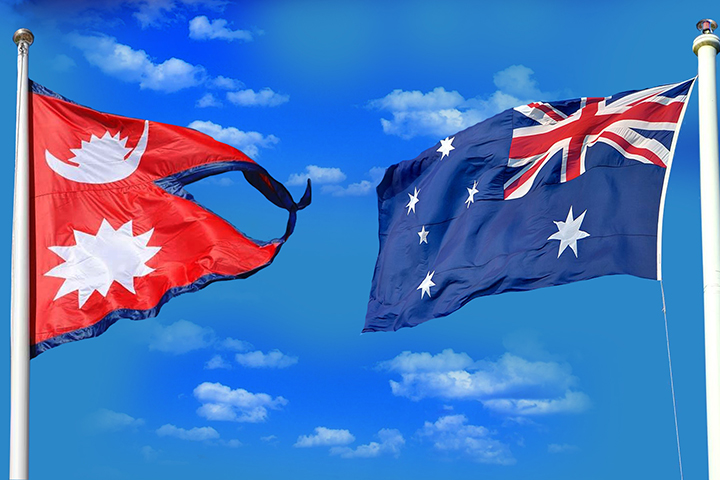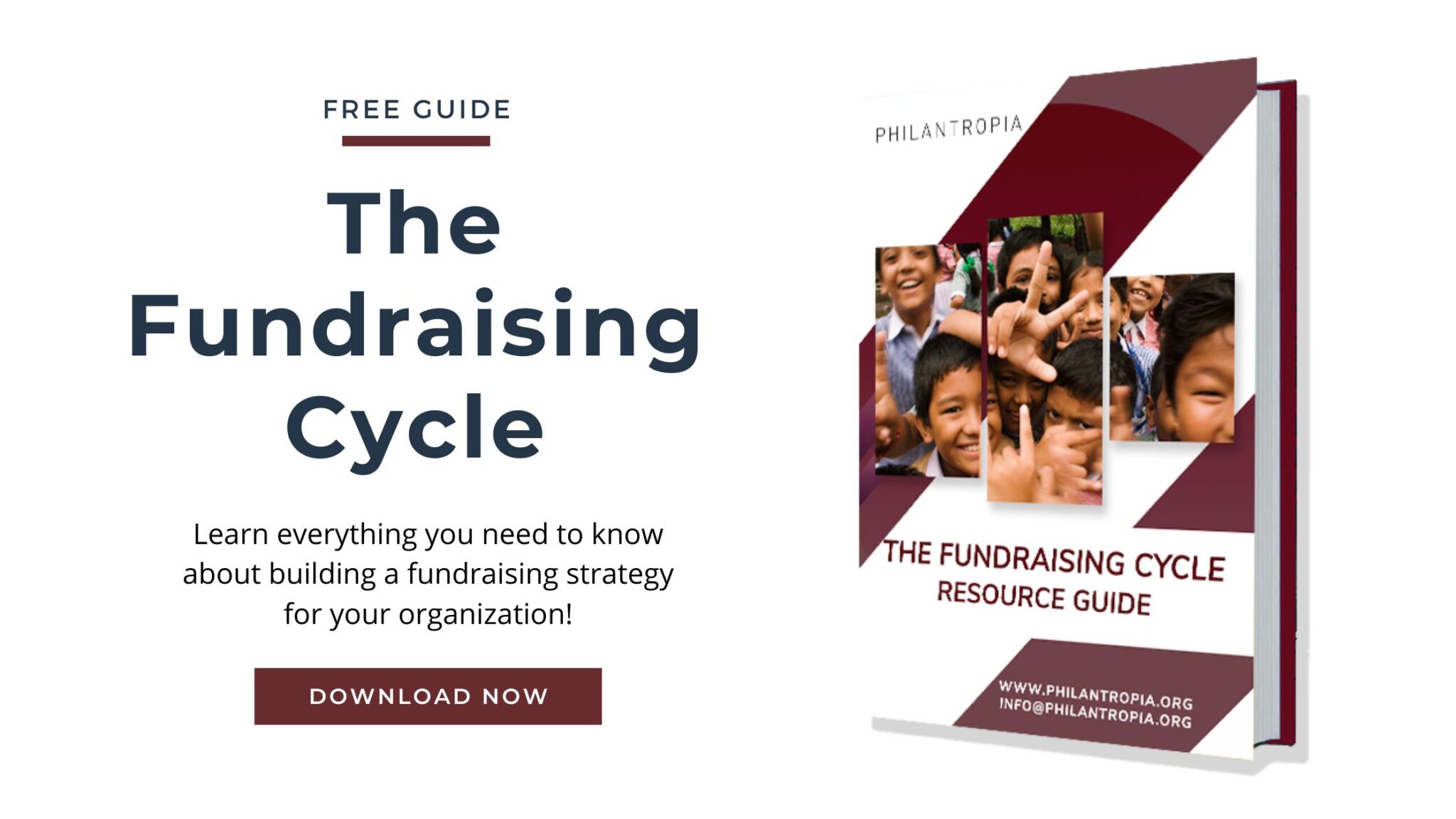Bilateral is simply a term that means “involving two parties, usually countries”. A bilateral donor refers to a government organization which gives direct assistance to a recipient country for development purposes. Bilateral donors are typically federal ministries, offices, departments, and agencies which give grants, loans, in-kind services, expertise, etc. to other governments, civil society, and multilaterals. This assistance given across borders can be referred to as bilateral aid or Official Development Assistance (ODA).
What is ODA?
ODA stands for Official Development Assistance, which is the measurement of aid given abroad. The Organisation for Economic Co-operation and Development (OECD), the non-profit organization which officially reports ODA figures, defines ODA as:
Those flows to countries and territories on the DAC [Development Assistance Committee] List of ODA Recipients and to multilateral institutions which are:
- provided by official agencies, including state and local governments, or by their executive agencies; and
- each transaction of which:
- is administered with the promotion of the economic development and welfare of developing countries as its main objective; and
- is concessional in character and conveys a grant element of at least 25 per cent (calculated at a rate of discount of 10 per cent).”
How much money do bilateral donors have? What are the typical grant sizes?
Bilateral donor budgets are typically significant – in the millions and sometimes billions of US dollars. Total ODA from bilateral donors typically amounts to over US$100 billion annually. Likewise, grant sizes are typically large, over $500,000 and often over $1,000,000. Bilateral donors also often allocate smaller grants for grassroots, local, and national NGOs through regional or country embassies, missions, and offices.
How much ODA goes to grants for NGOs?
The exact number will very drastically between the different bilateral donors, but typically significant funding does go directly to civil society and NGOs. NGOs also frequently receive indirect bilateral donor funding, as while the majority of ODA goes to foreign governments and multilateral organizations such as the UN, that funding is often then sub-granted to national or local NGOs.
How does one approach bilateral donors for funding? Is the approach different from approaching private foundations?
Many of the same techniques used for approaching foundations can also be used for bilateral donors. Generally, the best first approach is to contact the bilateral donor through their government mission, embassy, or office in your country.
Can I still receive funding from bilateral donors as a small NGO?
Yes. While it can be very difficult for new or small NGOs to fundraise from headquarter-level, many bilateral donors offer smaller grants through country embassies and missions. NGOs which successfully fundraise from headquarter-level are typically of significant size and capacity as most bilateral grants are very large. Your success will depend on how closely your goals align with the donor, your competition, size of your NGO, and your own internal capacity.
How do bilateral donors typically give to NGOs?
The majority of funding is allocated through direct negotiation. Less frequently, open calls for proposals or requests for proposals are also used. Small grants are also delivered through country embassies and missions. Tenders are common as well, although not typically geared towards NGOs.
Do bilateral donors ever fund outside their stated priority themes and countries?
Yes. Often bilateral donors allocate funding to areas outside their listed priorities. Bilateral donors may also change priorities without updating their websites or official reports. It is always important to do additional research on donors for proper evaluation.





This is really helpful information. How can we approach author for more information and capacity building initiatives for the fundraisers in the countries
Hello Shomina:
You can contact us at info@proposalsforngos.com
I it is a very helpfully briefing, I really appreciated that
Dear Marcolino:
I am glad you found this article helpful!
greeting here in South Sudan nimule our organization Green project society raised tree seedlings and fruit seedlings to our farmers and schools for climate change we targeted women groups and disability people an able to cultivate we can give them each house hold with 10 seedlings in different spices we have our central tree nursery if you need more information on our Green project society implementation strategy activities photos I will post it to you I want to apply for climate change grant thank may God bless you am paskwale Ben director